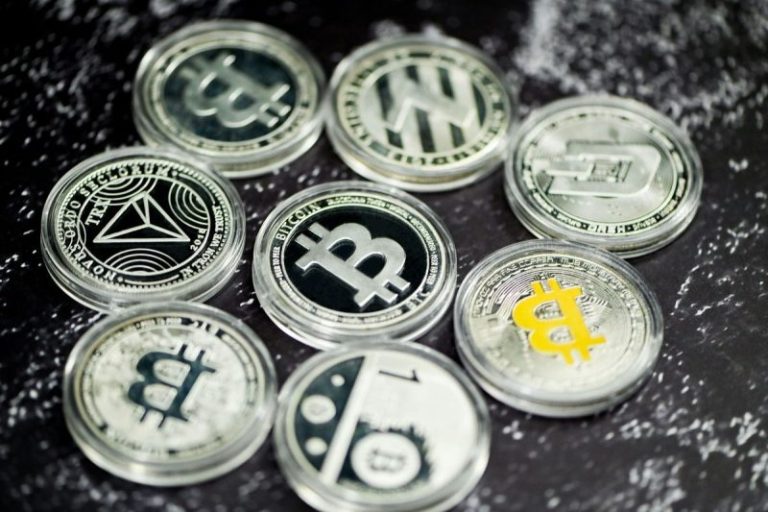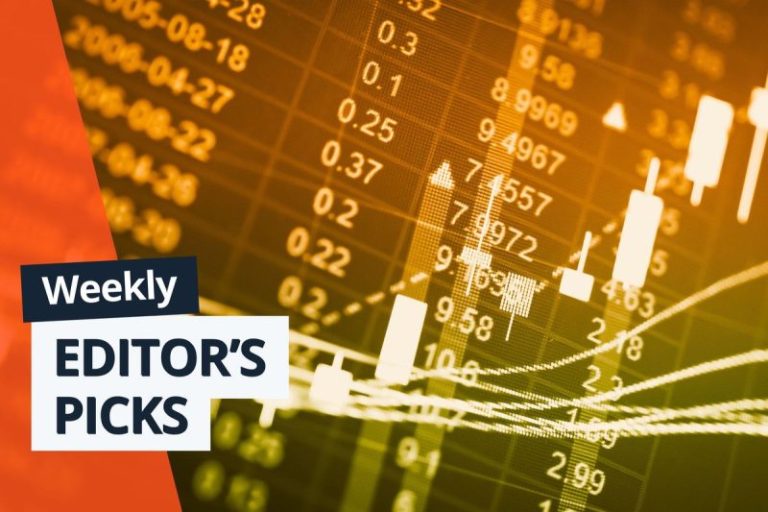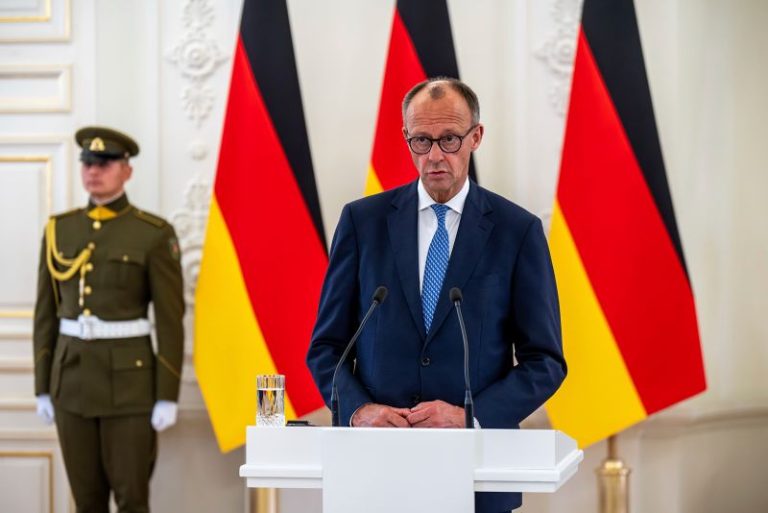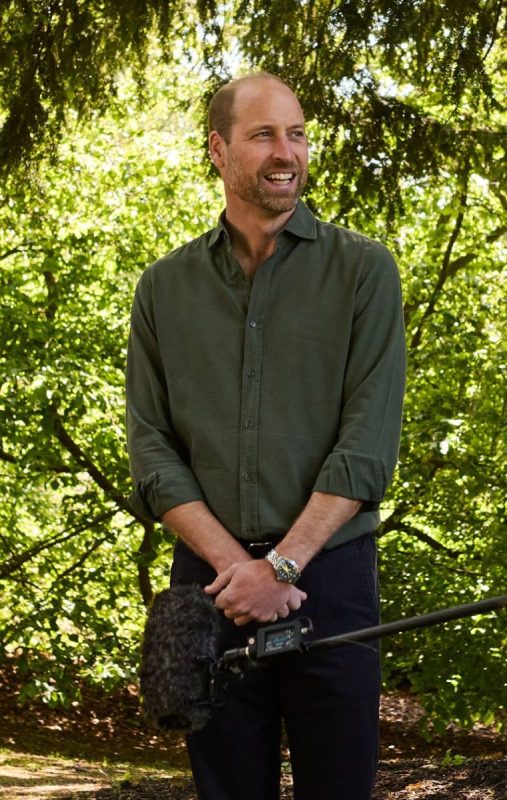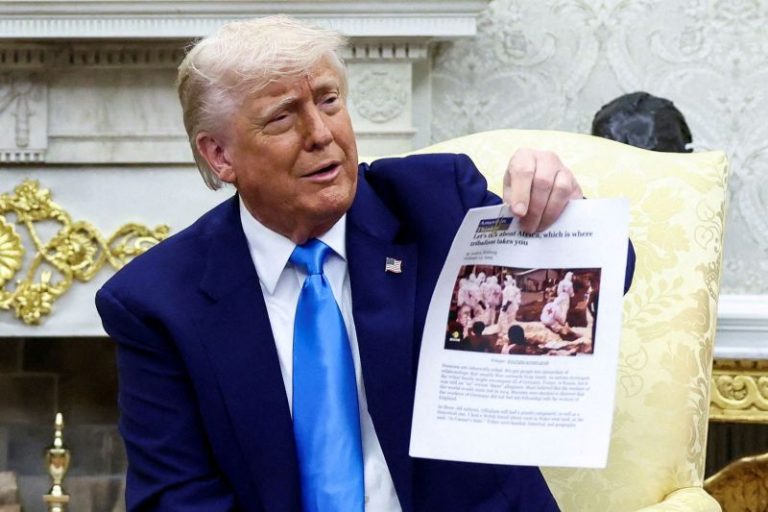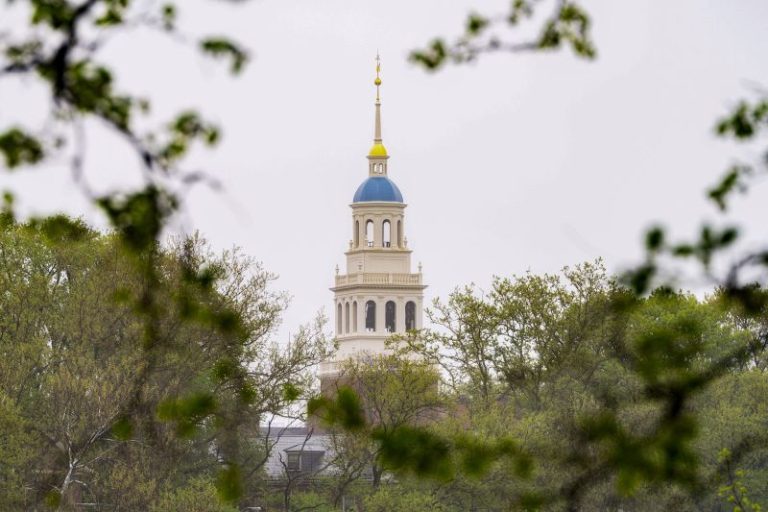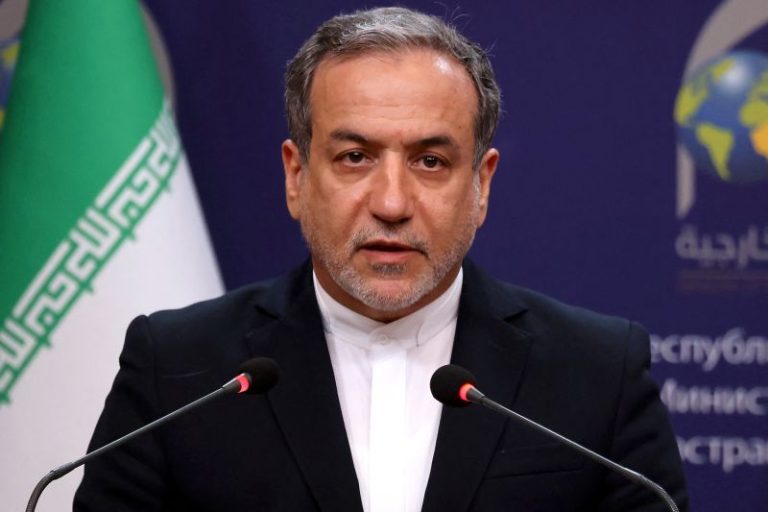Here’s a quick recap of the crypto landscape for Friday (May 23) as of 9:00 a.m. UTC.
Get the latest insights on Bitcoin, Ethereum and altcoins, along with a round-up of key cryptocurrency market news.
Bitcoin and Ethereum price update
Bitcoin (BTC) was priced at US$110,637 as markets closed, down 2.4 percent in 24 hours. The day’s range for the cryptocurrency brought a low of US$108,334 and a new all-time high of US$111,814.
Bitcoin performance, May 23, 2025.
Chart via TradingView.
Ethereum (ETH) finished the trading day at US$2,659.55, a 3.5 percent decrease over the past 24 hours. The cryptocurrency reached an intraday low of US$2,541.09 and saw a daily high of US$2,720.92.
Altcoin price update
- Solana (SOL) closed at US$179.09, down 0.5 percent over 24 hours. SOL experienced a low of US$176.13 and a high of US$186.92.
- XRP is trading at US$2.43, reflecting a 3.0 percent decrease over 24 hours. The cryptocurrency reached a daily low of US$2.34 and a high of US$2.47.
- Sui (SUI) is priced at US$3.83, showing a decreaseof 5.0 percent over the past 24 hours. It achieved a daily low of US$3.62 and a high of US$3.96.
- Cardano (ADA) is trading at US$0.7973, down 3.2 percent over the past 24 hours. Its lowest price of the day was US$0.7717, and it reached a high of US$0.8341.
Today’s crypto news to know
Bitcoin price blasts past US$111,000
Bitcoin soared to a new all-time high of US$111,980 this week, extending its bull run on the back of rising institutional demand and increasingly vocal political support from Donald Trump.
The rally came as Trump hosted a private dinner at his Virginia golf club for top holders of his $TRUMP memecoin, an event that underscored his pivot to becoming crypto’s most visible political backer.
Analysts pointed to surging interest from entities like Strategy (formerly MicroStrategy), which just filed to sell US$2.1 billion in stock to buy more Bitcoin, as a key driver.
The rally is also fueled by expectations of clearer crypto regulation, with the Senate advancing a pro-stablecoin bill that Trump allies have framed as a pro-growth measure.
Major US banks bill unified Stablecoin
Several of the biggest US banks — including JPMorgan, Wells Fargo, Bank of America, and Citigroup — are in early discussions to jointly launch a stablecoin, according to a new Wall Street Journal report.
The goal: to create a financial instrument that can keep pace with crypto-native payment systems and prevent a further shift away from traditional finance.
Industry insiders say payment infrastructure arms like Zelle’s operator, Early Warning Services, and The Clearing House are also involved in talks. The stablecoin would likely be dollar-pegged and open to broader banking adoption beyond the founding consortium, reflecting a desire to modernize settlement rails and attract fintech interest.
The move comes as the GENIUS Act gains momentum in the US Senate, laying the groundwork for a formal regulatory framework around stablecoins.
Sun praises Trump at dinner, calls memecoins ‘underrated’
Justin Sun, once under legal siege during the Biden administration, was front and center at Donald Trump’s exclusive dinner for TRUMP memecoin whales — using the moment to declare a new era for crypto in the US.
In an interview after the event, Sun pushed back against critics who accused the memecoin gathering of being a crypto-access-for-cash scheme, saying skeptics are missing the big picture.
Sun has been a key figure in Trump’s crypto orbit since late last year, reportedly investing up to US$75 million in Trump-affiliated crypto projects, including World Liberty Financial tokens.
Legal issues still follow Sun — including an ongoing DOJ investigation — but his comments make clear that the crypto industry sees Trump’s administration as a major opening.
Ember Sword becomes latest Web3 game casualty amid market slump
Ethereum-based MMORPG Ember Sword has shut down its development, citing an inability to raise sufficient funding despite a previously strong start and multimillion-dollar NFT land sales.
The studio behind the game posted a farewell note to supporters, saying that even with early access launched and high-profile advisors onboard, current market conditions were too harsh to sustain the project.
The team had switched platforms multiple times — from Polygon to Immutable X and later to Mantle — in search of better scalability, but the moves weren’t enough to keep the dream alive.
Ember Sword joins a growing list of web3 gaming failures this year, including Deadrop and Tatsumeeko, as investor appetite for blockchain games cools significantly. The game’s token, EMBER, has lost over 99 percent of its value from its peak, now trading at a mere US$0.00047.
Securities Disclosure: I, Giann Liguid, hold no direct investment interest in any company mentioned in this article.

